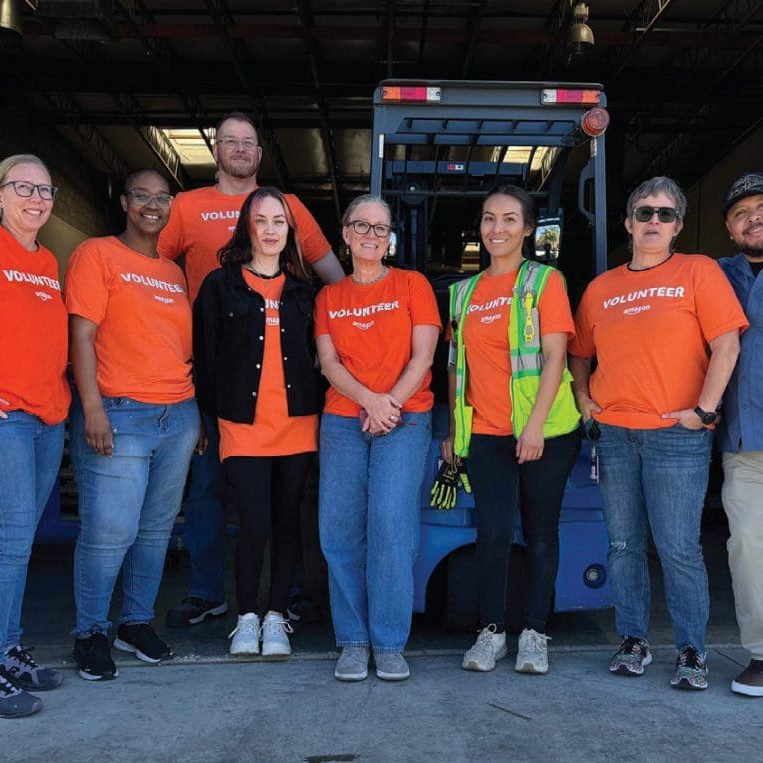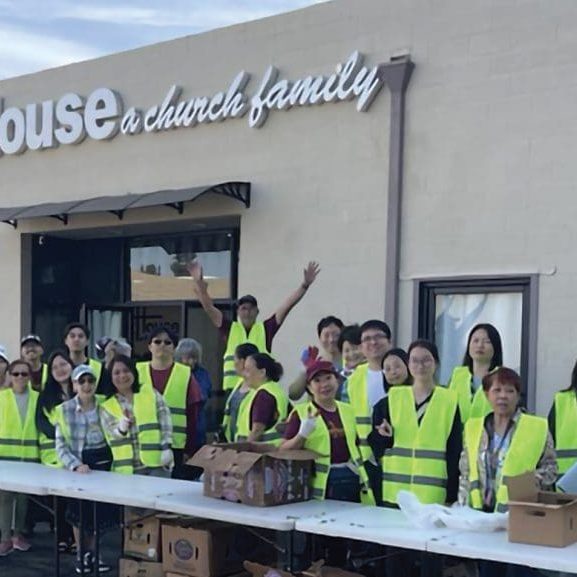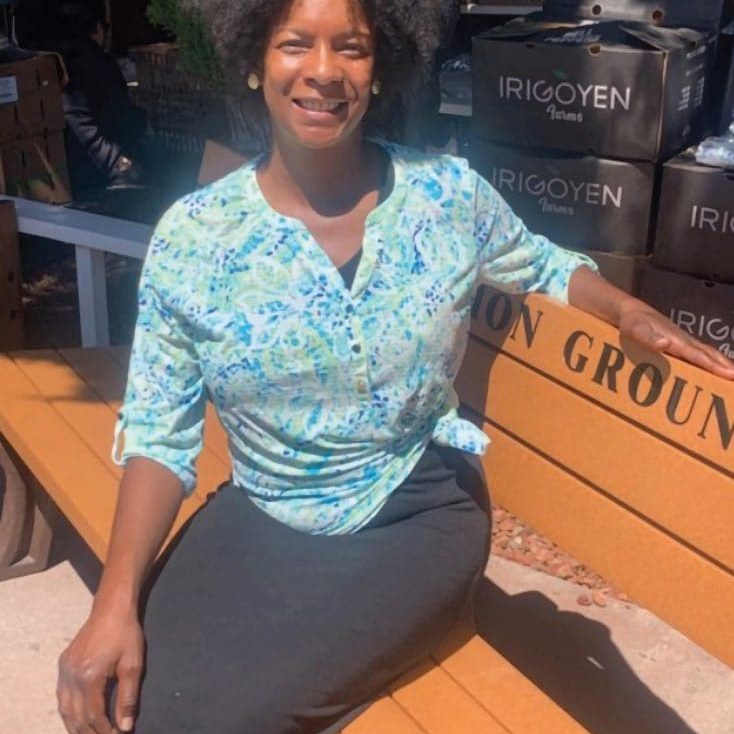Stories that Inspire.
Stories that Inspire.
Victories to Celebrate.
Victories to Celebrate.
Covid results in major surge of first-time food insecurity
On a recent Friday, people started lining up for a food distribution about three hours before the 9 a.m. start. Shade from the towering trees helped provide some respite from the sun, while the day got increasingly hot as the sun moved overhead. Many of the families were Latino, and among the rations being distributed that day was Maseca for making tortillas. Sitting in a Chevy sedan one September morning, Emma looked out with a daze in her eyes—the hustle and bustle all around was just a blur. Many businesses were closed, and some folks were eating on the sidewalks as cars lined up for a food distribution.
If one place underscores just how dire our hunger problem has become during the pandemic, it is here, in the heart of the San Fernando Valley, in a city that supplies food up and down the coast and across the border. For many who are fighting hunger, the ranks are expected to swell some 45 percent this year. Emma, her husband, and children are among them. She has come to this spot, an empty parking lot, to collect free boxes of food resources: fruits, vegetables, dairy, protein and bakery goods. Many waited in line ahead of her for hours. “It has been hard,” she said. “We have had to dramatically change how we eat.”
Before the coronavirus shut down, which cost Emma her job as a teacher, she had visited some community food pantries, but had never been to a large-scale, drive-through food distribution in her life. Now, at 40, she is a regular. This is one of the most jarring aspects of the hunger crisis: About one-third of those relying on food pantries, large-scale and emergency food distributions now are doing so for the first time, according to Feeding America, the nation’s largest hunger-relief organization.
On a recent Zoom call with a local Rotary Club, the director of the Rescue Mission Alliance Valley Food Bank, Will Hernanddez, was quoted as saying: “We are no longer projecting a surge. We are experiencing a surge in food insecurity and an unprecedented demand from first-time recipients.”
Demand at the pantries are up 63 percent this year over the same time last year, and groups like Second Harvest say the peak has yet to come. The federal government’s $600 weekly supplement to unemployment insurance, which helped millions weather job losses and pay household bills, came to an end.
There are people like Emma, who previously did not work enough to qualify for unemployment benefits. Her husband works construction but that has been slow, sporadic at best. Meanwhile, the family has had to give up eating lots of things to make the mortgage and utilities. “Food is one of the last things on our list,” she said.
A program known as Farmers to Families Food Box Program, which is buying surplus supplies to deliver to food banks and other organizations provided the food that Emma received.
Be Inspired
Be Transformed
Stay connected with the good work the Mission is doing, and learn more about the people we help.



